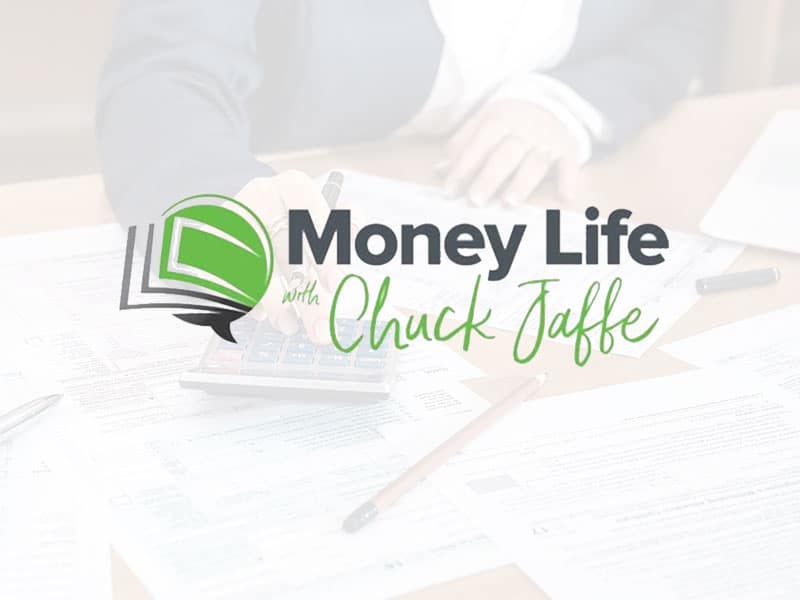
Peter Tuz of Chase Investment Counsel Talks Growth Investing on the Market Call: Money Life with Chuck Jaffe
Peter Tuz of Chase Investment Counsel talks growth investing in today’s no-growth environment as a guest in the market call on Money Life with Chuck Jaffe.
The Chase Growth Fund’s investment objectives, risks, charges and expenses must be considered carefully before investing. The Statutory and Summary prospectuses contain this and other important information about the investment company and may be obtained by calling (888) 861-7556 or visiting www.chasegrowthfund.com. Read carefully before investing.
Mutual fund investing involves risk, principal loss is possible. The Chase Growth Fund may invest in mid-cap companies, which involve additional risks such as limited liquidity and greater volatility. The Chase Growth Fund may invest in foreign securities traded on U.S. exchanges, which involve greater volatility and political, economic and currency risks and differences in accounting methods. Growth stocks typically are more volatile than value stocks; however, value stocks have a lower expected growth rate in earnings and sales.
Price earnings ratio (p/e) is the price of a stock divided by its earnings per share.
Earnings growth is the annual rate of growth of earnings from investments.
Earnings growth is not a measure of the fund’s future performance.
The information on earnings growth is based on certain assumptions and historical data and is not a prediction of future results for the Fund or companies held in the Fund’s portfolio. Past performance does not guarantee future results.
GARP (Growth-at-a-reasonable-price) is an equity investment strategy that seeks to combine tenets of both growth investing and value investing to select individual stocks. GARP investors look for companies that are showing consistent earnings growth above broad market levels while excluding companies that have very high valuations. The overarching goal is to avoid the extremes of either growth or value investing; this typically leads GARP investors to growth-oriented stocks with relatively low price/earnings (P/E) multiples in normal market conditions.
Return on equity (ROE) is a measure of financial performance calculated by dividing net income by shareholders’ equity.
Dividend yield, expressed as a percentage, is a financial ratio (dividend/price) that shows how much a company pays out in dividends each year relative to its stock price.
Beta is a measure of the volatility—or systematic risk—of a security or portfolio compared to the market as a whole (usually the S&P 500 Index). Stocks with betas higher than 1.0 can be interpreted as more volatile than the S&P 500 Index.
As of March 31, 2022, the top ten holdings in the Chase Growth Fund were: Microsoft Corp 6.1%, Apple Inc 5.0%, Alphabet Inc 4.5%, Molina Healthcare Inc 3.6%, Arch Capital Group LTD 3.4%, Wesco International Inc 3.2%, Raytheon Technologies Corp 3.1%, National Fuel Gas Co 3.0%, AbbVie Inc 2.8%, and Sealed Air Corp 2.8%.
Fund holdings and sector allocations are subject to change and should not be considered a recommendation to buy or sell any security.
The opinions expressed are those of the author and should not be considered a forecast of future events, a guarantee of future events nor investment advice.